A proper diet plays a pivotal role in the health and vitality of our beloved indoor feline companions. As guardians of these whiskered friends, understanding the significance of their dietary needs becomes paramount. However, the sedentary lifestyle of indoor cats often poses unique challenges in maintaining their optimal health through nutrition.
Indoor cat diets frequently lead to specific health concerns such as obesity, urinary tract issues, and lack of essential nutrients. These concerns underscore the critical need for a tailored dietary approach that addresses their specific needs.
Thesis Statement: This comprehensive guide is dedicated to unraveling the best dietary choices for indoor cats, aiming to provide a roadmap towards their well-being by navigating through the complexities of indoor cat nutrition.
By delving into various diet options, nutritional requirements, and the intricacies of indoor cat care, this guide aims to equip cat owners with the knowledge necessary to ensure their indoor feline friends lead healthier and happier lives.
Understanding the Needs of Indoor Cats
Indoor cats have unique requirements that set them apart from their outdoor counterparts. This section explores the distinctive aspects of indoor cat lifestyles, shedding light on the crucial factors that influence their well-being.
Differences between Indoor and Outdoor Cats
Indoor cats, unlike their outdoor counterparts, experience a more controlled environment. The absence of outdoor exploration impacts their activity levels, exposing them to specific challenges that necessitate a specialized approach to their care.
Impact of the Sedentary Lifestyle on Nutritional Requirements
The sedentary nature of indoor cats significantly influences their nutritional needs. With limited opportunities for exercise and exploration, indoor cats may face an increased risk of obesity and related health issues. Addressing these concerns requires a nuanced understanding of their dietary requirements to promote optimal health.
Overview of Common Health Issues Related to Indoor Cat Diets
Indoor cat diets often contribute to specific health issues, including but not limited to obesity, urinary tract problems, and deficiencies in essential nutrients. Recognizing and comprehending these potential pitfalls is crucial for cat owners seeking to provide a balanced and tailored diet that caters to the unique challenges posed by an indoor lifestyle.
Essential Nutrients for Indoor Cats
Ensuring that indoor cats receive a well-balanced diet is crucial for their overall health and longevity. This section explores the key nutrients that play a pivotal role in meeting the unique dietary needs of our indoor feline companions.
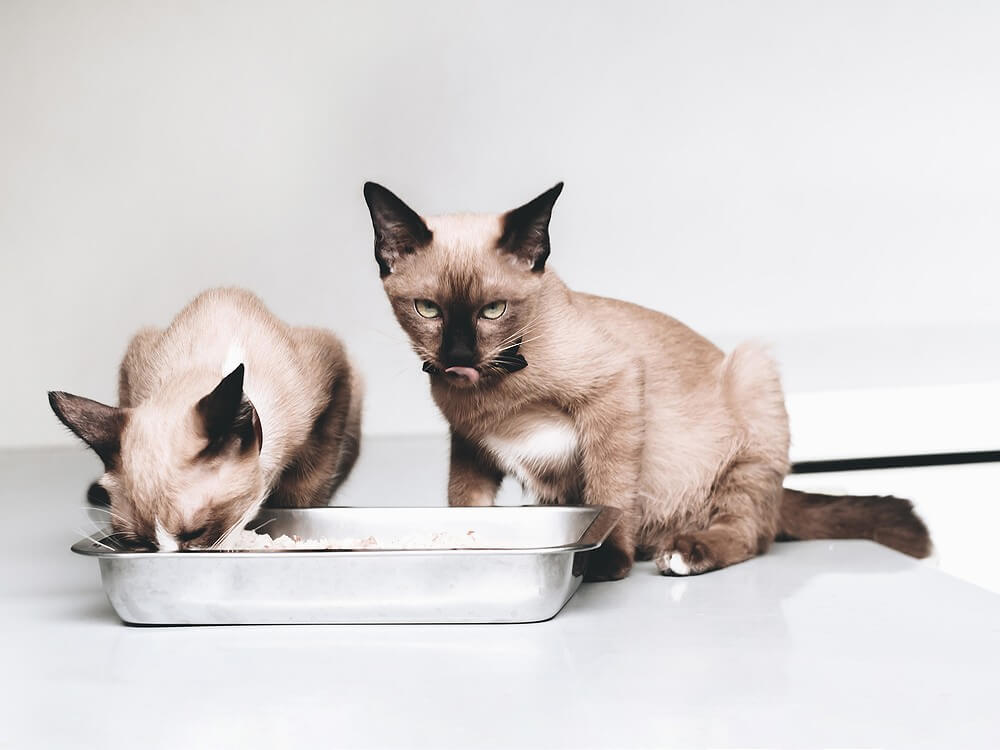
Protein: Building Blocks for Feline Wellness
- Importance of High-Quality Protein in a Cat’s Diet
High-quality protein is the cornerstone of a cat’s nutrition, supporting essential bodily functions and promoting lean muscle mass. Indoor cats, with their limited physical activity, require protein of the utmost quality to maintain optimal health.
- Sources of Protein Suitable for Indoor Cats
Optimal protein sources for indoor cats include premium cat food with animal-based proteins such as chicken, fish, or turkey. These protein sources ensure a well-rounded amino acid profile, addressing the specific needs of indoor cats.
Fat: Nurturing Feline Health
- Role of Fat in a Cat’s Overall Health
Dietary fats are integral to a cat’s well-being, providing a concentrated source of energy and supporting various bodily functions. Indoor cats benefit from a balanced fat intake to maintain a healthy weight and support their skin and coat.
- Recommended Sources of Healthy Fats for Indoor Cats
Healthy fat sources for indoor cats include fish oil, which provides essential omega-3 fatty acids, and lean meats. These fats contribute to overall health while addressing the potential weight management challenges associated with indoor living.
Carbohydrates: Understanding the Feline Fuel
- Understanding the Role of Carbohydrates in a Cat’s Diet
While cats are obligate carnivores, incorporating appropriate levels of carbohydrates in their diet provides a source of energy. Selecting complex carbohydrates with a focus on nutritional value is essential for indoor cats with lower activity levels.
- Identifying Appropriate Sources of Carbohydrates for Indoor Cats
Indoor cats can benefit from carbohydrates sourced from whole grains and vegetables. These sources offer fiber and essential nutrients, contributing to digestive health and overall well-being.
Vitamins and Minerals: Vital Nutrients for Feline Vitality
- Highlighting Specific Vitamins and Minerals Crucial for Indoor Cats
Essential vitamins such as A, D, and E, along with minerals like calcium and phosphorus, are crucial for indoor cats’ overall health. Understanding these specific nutrients enables cat owners to make informed dietary choices.
- Recommended Food Sources Rich in These Nutrients
Quality cat food brands that emphasize balanced nutrition are excellent sources of essential vitamins and minerals. Additionally, incorporating occasional treats with these nutrients can contribute to a well-rounded diet for indoor cats.
Types of Diets for Indoor Cats
Indoor cats thrive on a well-considered diet that aligns with their unique lifestyle. This section explores different diet options, providing insights into their advantages and considerations to help cat owners make informed choices.
Commercial Cat Food: Tailored Nutrition in Every Bite
- Analyzing Different Types of Commercial Cat Food (Dry, Wet, and Semi-Moist)
Commercial cat food comes in various forms, each offering distinct benefits. Dry kibble provides convenience, wet food ensures hydration, and semi-moist options offer a balance between the two. Understanding these types allows cat owners to tailor their choice to their indoor feline’s preferences and nutritional needs.
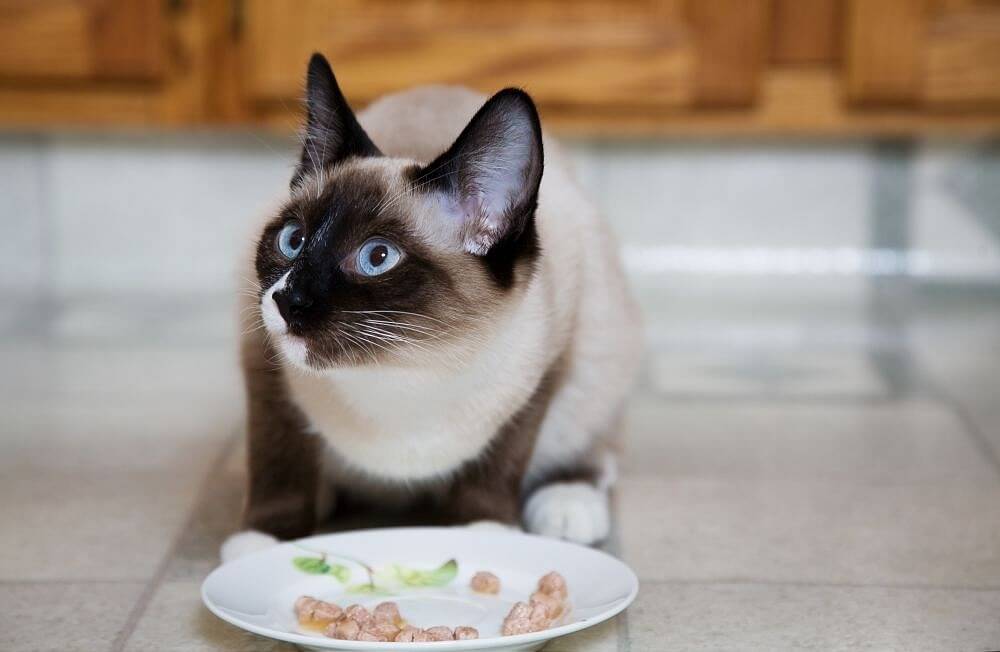
- Tips for Choosing High-Quality Commercial Cat Food Brands
Selecting the right commercial cat food brand is pivotal for ensuring a balanced diet. Look for brands with a reputation for high-quality ingredients, minimal fillers, and formulations that align with your cat’s specific health requirements. This section provides practical tips for making informed decisions when browsing the aisles.
Homemade Cat Food: A Personalized Approach to Feline Nutrition
- Pros and Cons of Preparing Homemade Cat Food
Homemade cat food allows for a personalized approach to nutrition, but it comes with its own set of considerations. This section explores the advantages, such as ingredient control, and the potential challenges, like achieving a balanced nutritional profile. Understanding these aspects helps cat owners decide if homemade meals are a suitable option.
- Recipes for Well-Balanced Homemade Cat Meals
For those opting to prepare homemade cat food, this section provides nutritious and well-balanced recipes. From protein-rich meat options to essential vitamins from vegetables, these recipes aim to cater to the specific needs of indoor cats, promoting their overall health.
Raw Food Diet: Nourishing Nature’s Way
- Exploring the Benefits and Risks of a Raw Food Diet for Indoor Cats
The raw food diet trend for cats is gaining popularity. This section delves into the potential benefits, such as improved coat health and dental hygiene, while also addressing the associated risks, including bacterial contamination. A balanced perspective on raw food diets aids cat owners in making informed decisions.
- Guidelines for Safely Implementing a Raw Food Diet
For cat owners considering a raw food diet, safety is paramount. This section provides guidelines on sourcing quality ingredients, proper preparation, and ensuring nutritional balance. These guidelines aim to mitigate potential risks associated with raw feeding while harnessing its potential benefits.
Feeding Schedule and Portions: The Key to Well-Balanced Nutrition
A well-defined feeding routine and portion control are pivotal aspects of maintaining the health and vitality of indoor cats. In this section, we delve into the importance of establishing a consistent feeding schedule and understanding portion control to prevent common issues such as overfeeding or underfeeding.
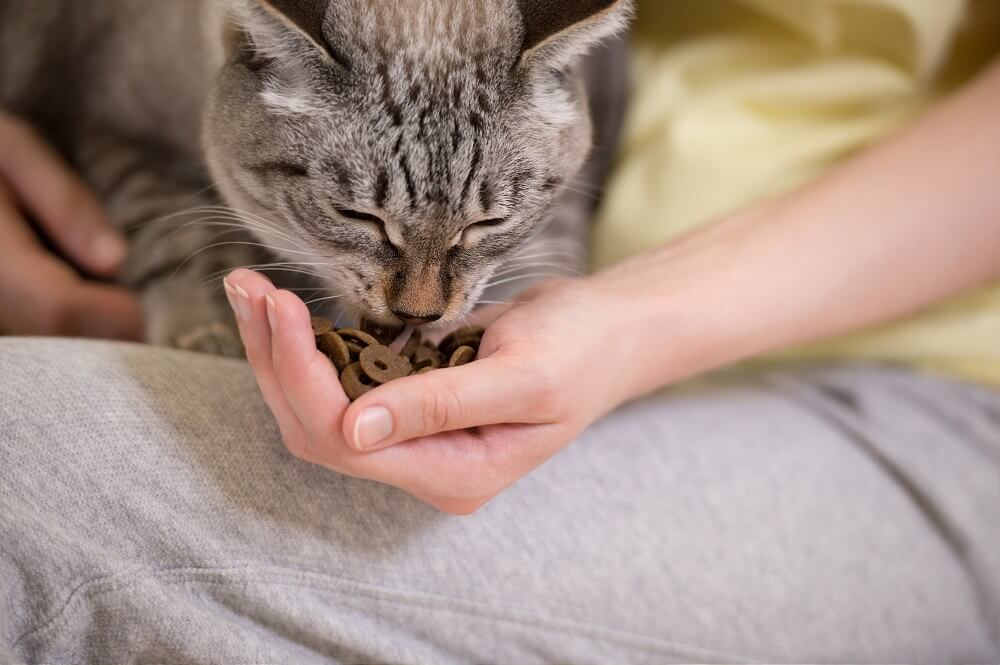
Establishing a Consistent Feeding Schedule for Indoor Cats
Consistency is the cornerstone of a healthy feeding regimen for indoor cats. Establishing a regular feeding schedule not only helps in meeting their nutritional needs but also contributes to a structured daily routine. Here are some key considerations:
- Frequency of Meals: Indoor cats often benefit from multiple small meals throughout the day. This mirrors their natural hunting and eating behavior, preventing overeating in a single sitting.
- Meal Times: Setting specific meal times creates predictability for indoor cats, reducing stress and promoting a sense of security. Consistency in meal timing is particularly crucial for cats with specific health conditions.
- Hydration: In addition to solid meals, ensuring access to fresh water is essential. Hydration is integral to overall feline health, and maintaining a water source near their feeding area is a good practice.
Understanding Portion Control to Prevent Overfeeding or Underfeeding
Portion control is a fundamental aspect of indoor cat care, helping to strike a balance between providing adequate nutrition and preventing weight-related issues. Consider the following guidelines:
- Consult with a Veterinarian: Determining the appropriate portion size for your indoor cat requires consideration of factors such as age, weight, activity level, and health status. Consulting with a veterinarian helps tailor feeding recommendations to your cat’s specific needs.
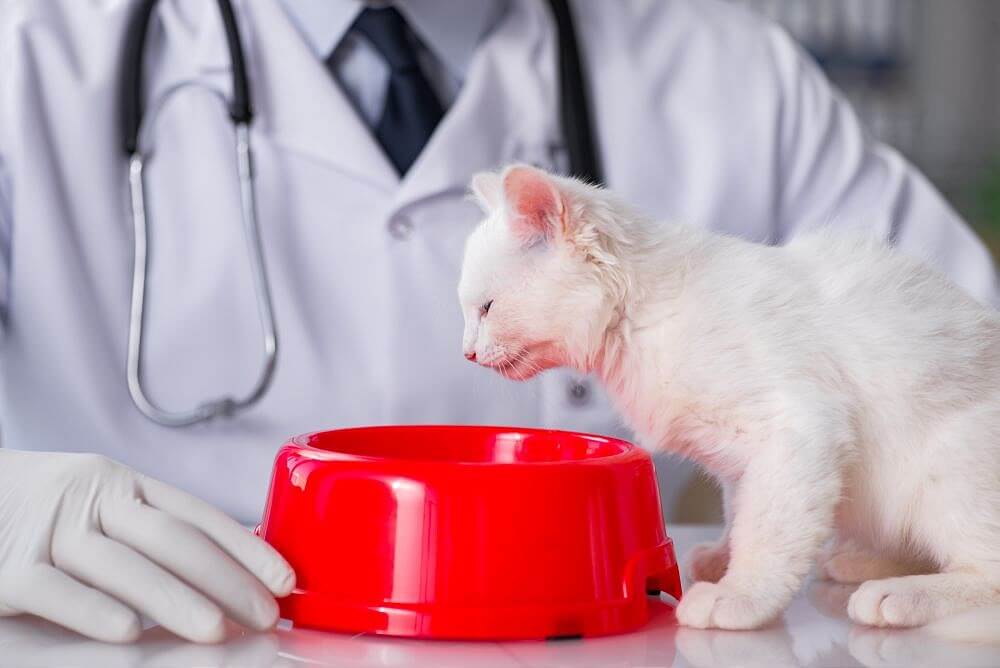
- Use Measuring Tools: Employing measuring cups or scales ensures accurate portion sizes. This prevents unintentional overfeeding, which is a common contributor to obesity in indoor cats.
- Monitor Body Condition: Regularly assessing your cat’s body condition helps in adjusting portion sizes accordingly. A healthy weight contributes to overall well-being and reduces the risk of obesity-related health issues.
By adhering to a consistent feeding schedule and implementing portion control measures, cat owners can proactively address the nutritional needs of their indoor feline companions. The subsequent sections will further explore monitoring and adjusting the diet, providing additional tips for a holistic approach to indoor cat care.
Monitoring and Adjusting the Diet: Ensuring Optimal Feline Health
Continual assessment of an indoor cat’s diet is crucial to address evolving nutritional needs. In this section, we explore how to monitor and adjust the diet effectively, ensuring the well-being of our feline friends.
Signs of a Well-Balanced Diet in Indoor Cats
Recognizing the signs of a well-balanced diet is key to assessing the effectiveness of your cat’s nutritional intake. Look out for the following indicators:
- Healthy Coat and Skin: A glossy coat and supple skin are reflections of a cat receiving essential nutrients. Dryness, flakiness, or excessive shedding may indicate nutritional imbalances.
- Maintained Weight: An indoor cat with a well-balanced diet should maintain a healthy weight. Avoiding obesity or excessive weight loss is crucial for overall health and longevity.
- Energetic Behavior: Adequate nutrition supports a cat’s energy levels. A well-fed cat will exhibit playful and active behavior, indicating satisfaction with their diet.
Indicators of Nutritional Deficiencies or Excesses
Understanding signs of potential nutritional issues helps cat owners address deficiencies or excesses promptly. Keep an eye out for:
- Lethargy or Weakness: Nutritional deficiencies can lead to lethargy or weakness. If your cat displays a sudden lack of energy, it may be a signal to reevaluate their diet.
- Digestive Issues: Diarrhea, vomiting, or constipation may indicate that your cat is not receiving the right balance of nutrients. These signs warrant attention to dietary composition.
- Dull Coat or Skin Problems: Poor coat condition or skin irritations may be indicative of nutritional imbalances. If these issues persist, adjustments to the diet may be necessary.
Regular Veterinary Check-ups and Adjustments to the Diet as Needed
Regular veterinary check-ups are crucial for proactive health management. Here’s how to integrate veterinary guidance into your cat’s diet care:
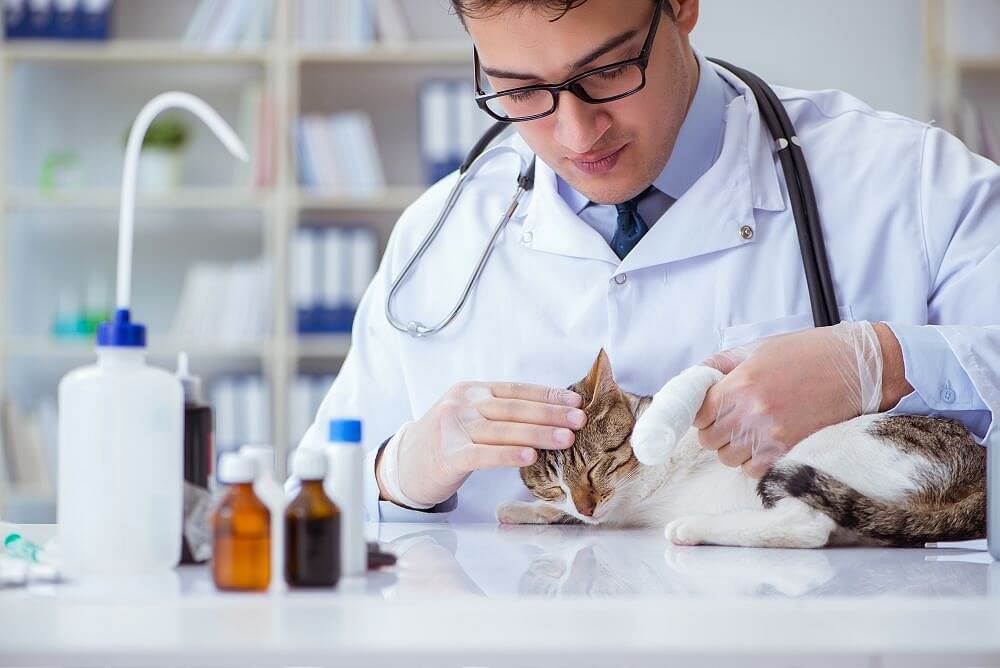
- Consult with Your Veterinarian: Schedule regular check-ups to discuss your cat’s diet and address any concerns. Veterinarians can provide personalized advice based on your cat’s health status.
- Diagnostic Testing: If needed, diagnostic tests can identify specific nutritional deficiencies or excesses. This allows for targeted adjustments to your cat’s diet.
- Age-Appropriate Adjustments: As cats age, their nutritional requirements change. Regular veterinary consultations help adapt the diet to meet the evolving needs of your cat.
Additional Tips for a Healthy Indoor Cat: Holistic Well-Being
Beyond a balanced diet, several factors contribute to the overall health and happiness of indoor cats. This section explores additional tips, emphasizing the importance of hydration, mindful treat practices, and the incorporation of environmental enrichment for a well-rounded feline lifestyle.
Hydration: Sustaining Vitality through Fresh Water
- Importance of Providing Fresh Water
Adequate hydration is fundamental to a cat’s well-being. Indoor cats may not have easy access to natural water sources, making it essential for cat owners to provide a consistent supply of fresh water. Proper hydration supports kidney function, aids digestion, and contributes to overall health. Ensure your cat stays hydrated by providing fresh water bowls strategically placed throughout your home. Hydration is a critical aspect of indoor cat care.
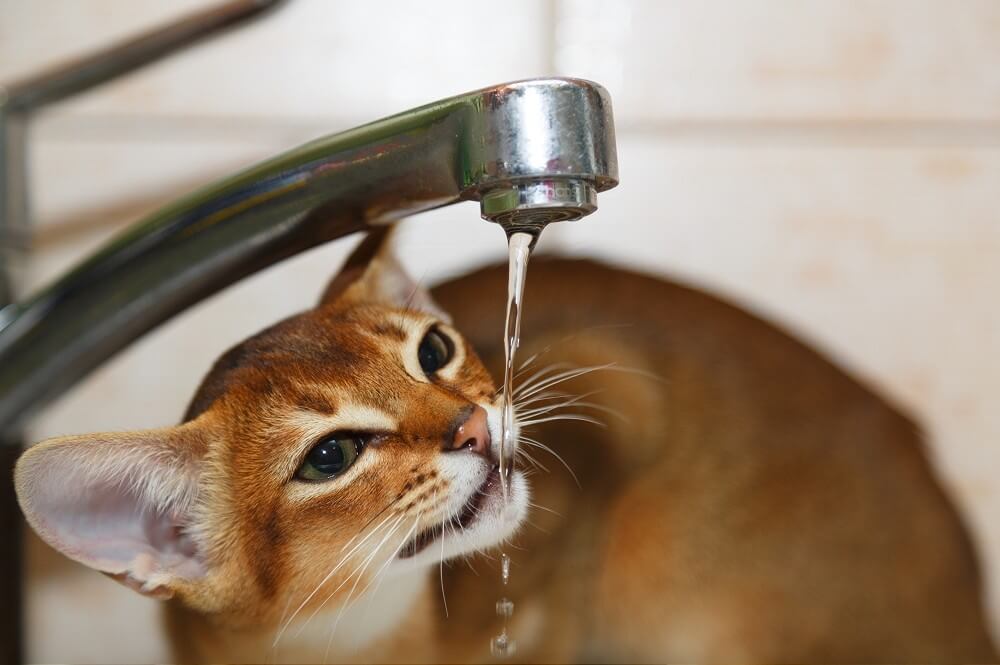
Treats and Snacks: Mindful Indulgences for Indoor Cats
- Guidelines for Offering Occasional Treats
While treats can be delightful for indoor cats, moderation is key. Choose high-quality, nutritionally balanced treats and offer them sparingly to avoid overindulgence. Mindful treat practices contribute to weight management and prevent potential health issues. Explore our recommended list of healthy cat treats to ensure your indoor feline enjoys occasional indulgences without compromising their health.
Environmental Enrichment: Stimulating Body and Mind
- Incorporating Play and Mental Stimulation
Indoor cats thrive on mental and physical engagement. Enrich their environment with interactive toys, scratching posts, and climbing structures. Regular play sessions provide essential exercise, prevent boredom-related behaviors, and contribute to a content and well-adjusted indoor cat. Discover the best interactive toys for indoor cats to enhance their environment and keep them mentally stimulated. A stimulated cat is a happy and healthy cat.
Conclusion: Nurturing Your Indoor Cat’s Well-Being
In this comprehensive guide, we’ve navigated the intricate landscape of indoor cat care, shedding light on the crucial elements that contribute to the overall health and happiness of our feline companions. Let’s recap the key points discussed and underscore the paramount importance of a tailored diet in ensuring the optimal well-being of indoor cats.
Recap of Key Points in the Article
Throughout this guide, we’ve explored:
- The unique needs of indoor cats, considering their sedentary lifestyle and potential health challenges.
- Essential nutrients crucial for indoor cats, including protein, fats, carbohydrates, vitamins, and minerals.
- Various diet options, such as commercial cat food, homemade meals, and the considerations associated with a raw food diet.
- Practical advice on feeding schedules, portion control, and additional tips for holistic indoor cat care.
- The significance of monitoring, adjusting, and seeking veterinary guidance for a well-balanced diet tailored to your cat’s evolving needs.
- Additional tips, including the importance of hydration, mindful treat practices, and environmental enrichment.
Emphasizing the Importance of a Tailored Diet for the Overall Well-Being of Indoor Cats
The cornerstone of indoor cat health is a diet specifically tailored to their unique needs. A well-balanced and carefully curated diet not only addresses their nutritional requirements but also plays a pivotal role in preventing common health issues associated with indoor living. By understanding the nuances of indoor cat care and implementing the insights shared in this guide, you empower yourself as a cat owner to foster a thriving and content indoor feline companion.
Remember, a tailored diet goes beyond providing sustenance; it is a holistic approach to nurturing your cat’s physical health, mental well-being, and overall happiness. Whether you opt for commercial cat food, carefully prepared homemade meals, or explore the benefits of a raw food diet, the key lies in customization to meet the specific needs of your indoor cat.
As you embark on this journey of providing the best possible care for your indoor cat, stay attuned to their individual preferences, monitor their health, and adapt their diet as needed. The reward is a flourishing and joyful indoor cat that graces your home with companionship and warmth.
Feel free to share your experiences, ask questions, or seek further advice in the comments section below. Your commitment to your cat’s well-being is commendable, and together, we can continue to explore and enhance the world of indoor cat care.
Let’s Enhance Our Feline Friendships Together
As we conclude this comprehensive guide on indoor cat care, we invite you, our valued readers, to actively participate and contribute to our vibrant community of cat enthusiasts. Your experiences, questions, and insights are invaluable, and we encourage you to share them in the comments section below.
Share Your Experiences or Questions in the Comments
Whether you have a success story about implementing a specific diet, a question about indoor cat nutrition, or an anecdote about your feline friend’s preferences, your input adds depth to our shared knowledge. Engage with fellow cat lovers, and let’s create a space where experiences are celebrated and questions find insightful answers.
Explore Recommended Cat Food Brands and Additional Resources
For those seeking further guidance on cat nutrition, we’ve curated a list of recommended cat food brands and additional resources. These links provide valuable insights into high-quality nutrition options and comprehensive information on indoor cat care.
- Recommended Cat Food Brands: Explore our curated list of reputable cat food brands known for their commitment to quality ingredients and balanced nutrition.
- Additional Resources: Delve deeper into the world of indoor cat care with our handpicked collection of resources, covering a range of topics from dietary considerations to enriching your cat’s environment.
Explore our recommended cat food brands and additional resources for in-depth insights into providing the best care for your indoor cat. These curated links serve as valuable references for your ongoing journey.
Your active participation and willingness to share make this community thrive. Together, we can continue to enrich the lives of our indoor feline companions and foster a collective knowledge base that benefits cats and cat owners alike.
Thank you for being a part of our community, and we look forward to hearing your stories and answering your questions!




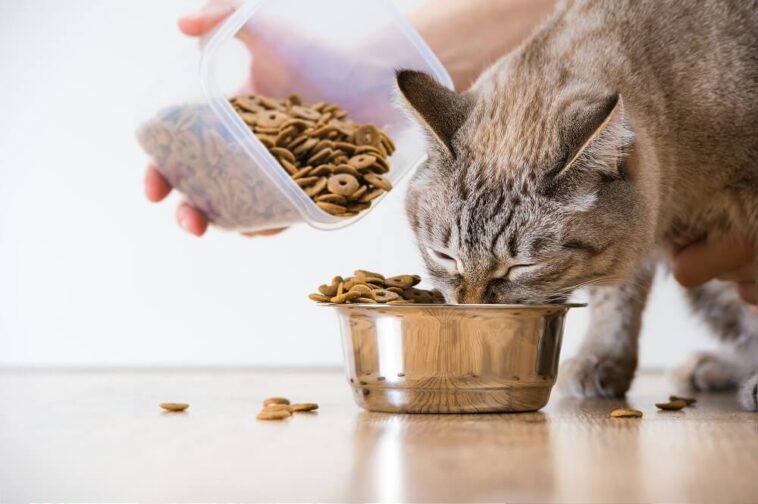
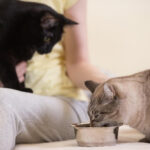
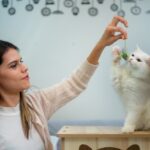
GIPHY App Key not set. Please check settings